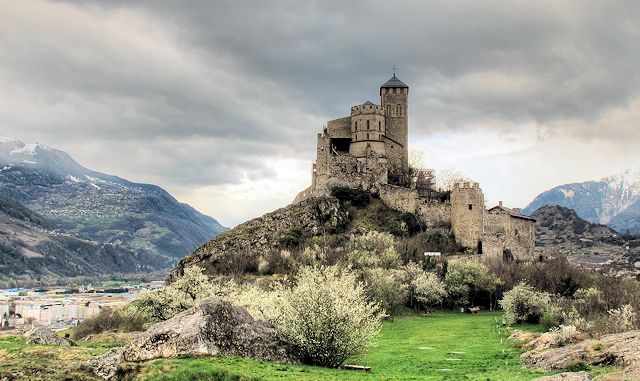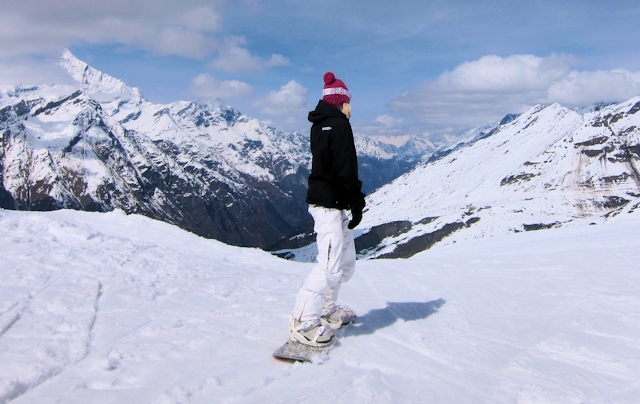
Phew! What a season it has been for skiing and snowboarding. I was fortunate to get some good skiing in before Christmas, but in general it has been a dismal season for everyone.
The Swiss lift operators association (Seilbahnen Schweiz/Remontées Mécaniques Suisses) has published its analysis of the season up until the end of March – which for all but a handful of resorts is end of season.
The lift operators report a grim picture. By the end of March, lift usage and turnover in Switzerland had fallen by 24% in total, compared to the 2018/19 winter season. Large resorts, dependent on international visitors, have suffered most, but the closure of bars and restaurants has also deterred local winter sports enthusiasts. Additionally, ski camps and club and business trips have not taken place. Ski lifts in the Prealps and in areas close to towns, which cater more for day tourists, have not done quite as badly. Ticino has actually done quite well compared to 2018/19, but that was a season where the canton suffered from a lack of adequate snow – something that cannot be said of this season, where the snow conditions remain very good in those resorts still open.
On the whole comparison with the 2018/19 season is more meaningful than for 2019/20, because Covid-19 had an impact on the latter part of the 2019/20 season. It was hard to forecast a year ago we would be where we are now, and it is only with some optimism that we can look forward to next year being without some restrictions. None the less, overseas visitors are booking in advance for next season like never before, with many winter tour operators reporting bumper bookings.
The long-term impact on the lift operators is hard to gauge. Despite running at a considerable loss this season, lift operators have seen themselves as providing a public service and largely remained open. If the ski lifts had closed, mountain regions would have faced a shutdown of even more tourist activities, resulting in greater economic damage than has anyway been inflicted. Government support, the lift operators association says, is needed to avoid systemic damage to tourism.
The impact on the whole winter sports infrastructure is devastating. Some businesses will not return, others will cancel plans for expansion or investment. Many resorts were already worried about the long-term impact of climate change, and Covid-19 is hardly likely to positively impact their thinking. Additionally, with ski resorts being amongst the Covid-19 hotspots at the start of the pandemic, the image of winter sports has suffered.
I think the ski industry will recover strongly, although the level of growth will likely be lower than in previous years. From a sustainability perspective and in light of the impact of climate change, that is probably not a bad thing.


